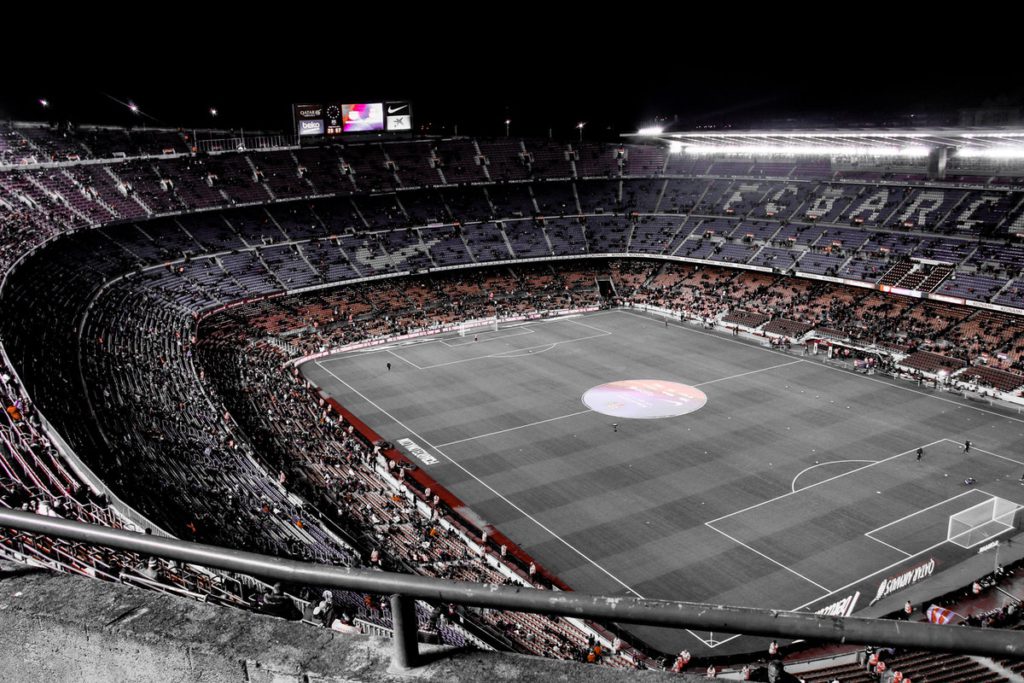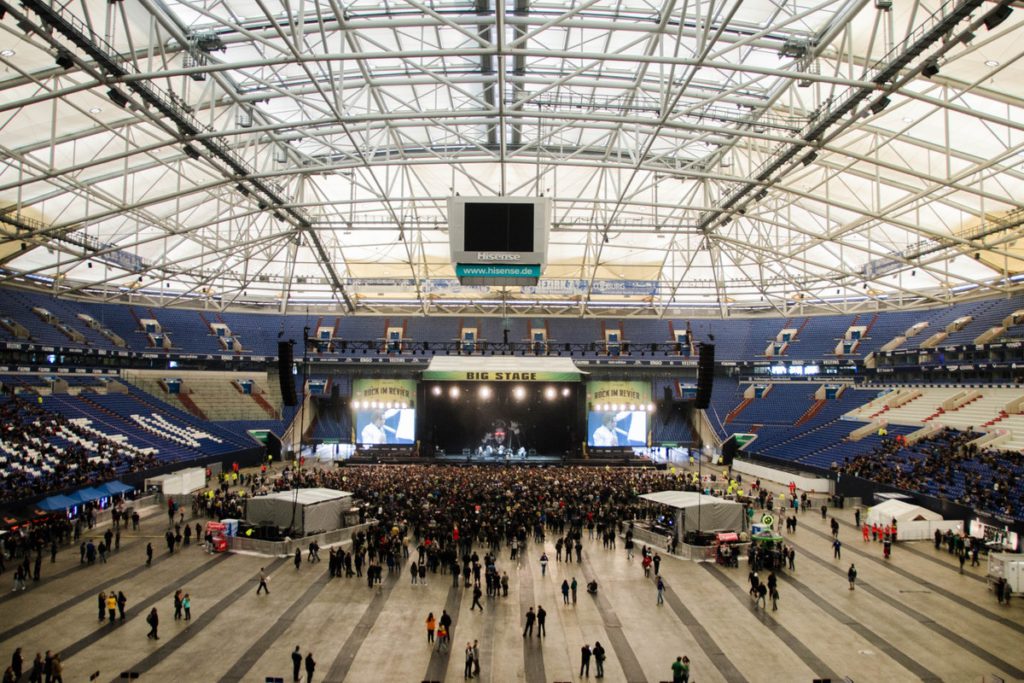You will want to avoid many pitfalls, so here are Top Ten Indoor Arena Building Tips to avoid any frustrations and to help you turn that indoor arena you have been dreaming of into reality. Once you know the ordinances, laws, and requirements to construct, it is time to start mapping your arena. Before building an indoor arena, you will need a building permit from the local municipality and an approved building plan from a structural engineer. Therefore, it is critical to have your indoor riding arena’s steel trusses and whole structural program certified and designed professionally by an authorized engineer, even if your local building department does not require any permits for farm buildings.
Riding arenas will need a Planning Permit, which can be instrumental to your project; they may be hard to obtain permits for, and even when you get a ticket, they can have restrictions/stipulations which restrict the dimensions, layout, lighting, and materials that can be used, etc. When it comes to choosing the right kind of facility, there is no one-size-fits-all when it comes to designing your riding arena. The type of structure depends heavily on your budget and preferences, such as arena dimensions, location, rain, wind, and snow loading requirements. Whether you are building an indoor arena or an outdoor arena, location plays a critical role in the overall design.

The site of your dig, arena dimensions, and budget all play significant roles for you and your partner’s backyard arena. A booming arena, whether indoor or outdoor, begins by selecting a suitable site and then correctly digging and readying the area where the arena footing will be installed. When relying exclusively on a contractor to design your arena and select the horse arena footing materials, it is likely they do not know the horses required to build a better footing for your indoor or outdoor arena.
Mistakes when building your horse arena can come with painful costs, as anyone who has had to pay out money to correct work can attest. Taking advantage of the expertise, in-arena construction can ensure you get your design and build right the first time, saving you costly mistakes or, worse, injury to your horses caused by improper footing. It is time to stop riding on an unstable arena surface and have a built-in one in your backyard or at the horse barn.
With no universal prescription for the materials for successful riding arena surfaces, understanding the physics of what you are trying to accomplish with the footing may lead you to better material choices. For example, dust management, ruts or accumulations along rails, uneven ground, and difficult or slippery spots can be minimized by correct arena maintenance using a horse-specific footing instrument. In addition, the footing should be knitted into the base material, meaning a loose foundation cannot freely slide over the base material while horses are working in an arena.
With that in mind, anybody building an arena needs to evaluate what materials are available locally and figure out what is going to do the job. When looking at materials and looking at building specifications, always choose the best one that can be afforded: poorly built arenas and cheaper surfaces will not be as safe or durable, and as such, they may ultimately end up costing more money to fix things or do repairs over the long term. Most indoor arena construction companies will warn you strongly not to cut corners since many cheap fixes only reduce an arena’s life span or require more money later to repair. While the best practice is to install your chosen arena surface early – since taking up space and replacing covers will incur extra costs later on – having a long-term upgrade plan is an option if building within budget.
It is never a bad idea to build a smaller arena than what you are picturing, which will help you work around the limitations of the budget. Not having enough funds for the construction would keep you from renting digging equipment or buying arena materials. It is easy to focus on the bigger picture, but the reality is that making your dream horse arena come true requires making solid decisions about things like your horse pen’s foundation, which is probably not in your dreams.
Most arenas cannot be built with one plan or formula found online or on social media, as nearly every arena has its own unique set of challenges, including budget constraints, drainage, weather, number of uses, maintenance regimes, and, especially, availability of quality arena materials in your region. A horse arena is a significant investment for any horse owner, and it is critical to get it right in the initial planning stages. For the most professional operators with a full-service package, an indoor horse arena is a required component of their overall client experience. Ideally, an indoor horse arena design that you construct must be big enough that you can fit more than one horse and rider using it simultaneously.
In addition to the basics of arena construction, below are some additional points that should be considered before building a new arena or refurbishing your existing arena.

